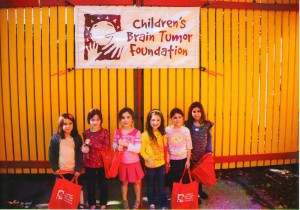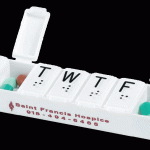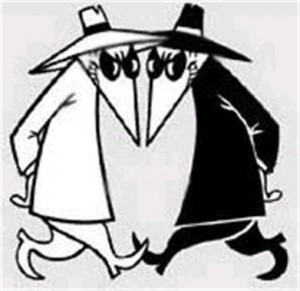 It is hard to believe that it has been five years since the day I was diagnosed with a pediatric brain tumor. I leaped off the cliff and had brain surgery at age 25 and I still struggle daily with the after-effects. Nevertheless, I remain hopeful and resolute in my decision to survive and live a long and happy life. Over the course of these years, I have found great fulfillment with my involvement with the Children’s Brain Tumor Foundation (CBTF), and have the honor of serving on the foundation’s board.
It is hard to believe that it has been five years since the day I was diagnosed with a pediatric brain tumor. I leaped off the cliff and had brain surgery at age 25 and I still struggle daily with the after-effects. Nevertheless, I remain hopeful and resolute in my decision to survive and live a long and happy life. Over the course of these years, I have found great fulfillment with my involvement with the Children’s Brain Tumor Foundation (CBTF), and have the honor of serving on the foundation’s board.
By overcominga a dire brain tumor prognosis, I came out stronger and deeply committed to help others who need it most. Every day nine families across America learn their child has a brain or spinal cord tumor, but only six will transition to survivorship. Pediatric brain and spinal cord tumors remain the toughest children’s disease. These kids often endure not only intense surgical procedures but also extensive chemotherapy and radiation treatments. Not only does this disease often confine children and parents to long hospitals stays, it also greatly impacts the life of their entire family.
This year, for the 22nd time, the Children’s Brain Tumor Foundation has reserved the Big Apple Circus on Sunday, October 24th so the children and families we serve- and you– can join us for a fun and laughter-filled afternoon. Please join us in making this CBTF day at the circus, the 22nd Annual, unforgettable! We need your help in reaching our goal of raising $150,000 to recognize this important milestone.
A day at the Big Apple Circus offers a welcome reprieve for children and families. It’s an opportunity for them to enjoy a day of cheerful fun and entertainment with other kids and families dealing with the same disease and its after-affects. What’s more wonderful than a child wide-eyed at the sight of clowns and circus animals in the center ring?
Your sponsorship of a child or a whole family will make this day a memorable one for hundreds of children and families. Proceeds will also support other quality-of-life programs we provide for children and families including education and research.
I want you and your family to join the fun! You can sponsor a child or family and order your tickets too.
You can donate now online or at www.akivazablocki.com.
All donations large and small go a very long way.
Thanks for your continuing support and for your help on this special day!
Akiva (A.K.A., iPatchMan)





